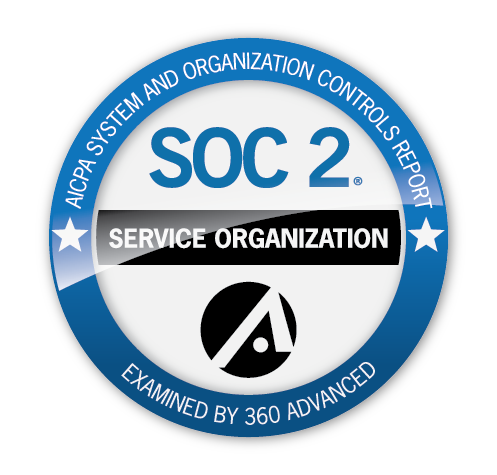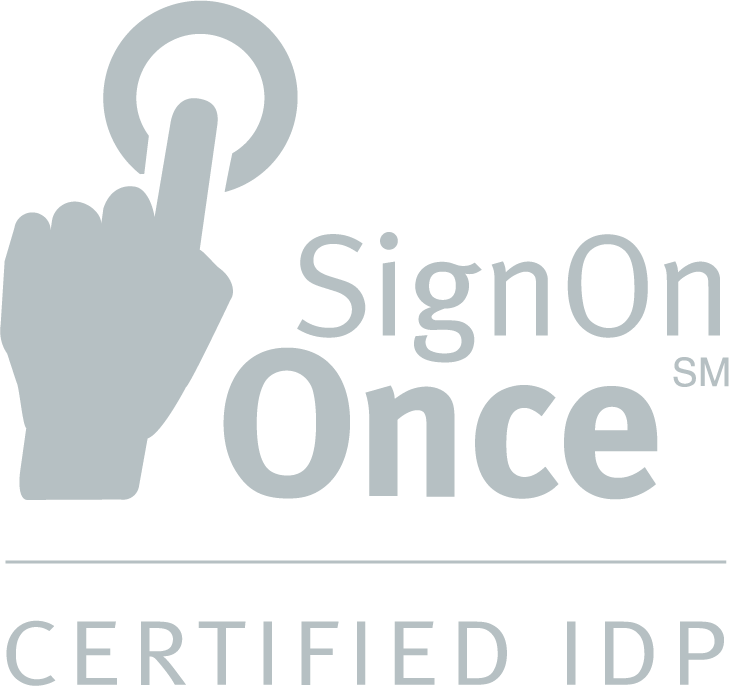The excess and surplus lines (E&S) market has shown remarkable growth in recent years, but it hasn’t always been simple for managing general agencies (MGAs) to manage workflow challenges for non-standard risks.
During the shift from paper to digital in the 1990s, MGAs (as well as MGUs, wholesalers, and program administrators focused on specialty lines) typically maintained their own rates and forms using on-premise applications. These early digital tools had limited functionality to integrate with systems of record or more comprehensive agency management systems, which made updating rates and forms a constant challenge—especially on the carrier side, given the compounded needs of multiple MGA partnerships.
A new era for MGAs
Amid broad economic headwinds, modern MGAs are notable for their resilience and innovation. The recent spike of automation in the tech-fueled MGA sector has yielded vast improvements in their day-to-day operations, too.
Today, agile MGAs remain well-positioned to keep uncovering growth opportunities, even as the wider insurance industry faces new challenges due to the rising frequency and severity of risks. In 2023, natural catastrophe losses surpassed $100 billion for the fourth consecutive year. The resulting increase in volume and cost of claims has led carriers to reevaluate their portfolios and raise premiums, pushing even more risk into the E&S market and thereby increasing the prevalence of MGAs underwriting these risks.
Success depends on data and technology
Current MGA-carrier partnerships are increasingly centered on effective data and technology integrations. According to a recent Clyde & Co. report, 65% of carriers shared that data and technical expertise are the top factors they seek when evaluating a potential MGA partner.
With access to—and dependence on—massive troves of data, MGAs often contend with issues around data analysis and reporting, manual data entry errors, and the lack of standardization across different carriers. To overcome these challenges, successful MGAs focus on data quality, integration, and process improvement. Standardizing data formats, leveraging automated validation tools, and refining practices around service level agreements (SLAs) with business process outsourcing (BPO) partners are essential steps. Along with robust data security measures, consistent data capture and gradual implementation of validation rules can also enhance data quality.
Digital workflows and data analysis offer reliable efficiency and insights
For competitive MGAs, digital workflows provide powerful solutions to inefficiencies inherent in traditional data exchanges between MGAs and carriers. By automating underlying processes to facilitate secure data exchanges, MGAs can increase accuracy, improve communication, reduce turnaround time, and ultimately strengthen their relationships with carriers.
With better data aggregation and analysis, MGAs can gain insights and make more informed decisions in areas such as:
- Risk selection
- Pricing optimization
- Loss ratio analysis
- Market analysis
- Product development
What the future holds for MGAs
In an ideal future, data would be standardized and verifiable in real-time, seamlessly accessible for instant exchanges across MGAs and carriers. Data entry errors would be eliminated, and the reliance on straight-through processing for more lines would be the norm.
In the meantime, carriers will continue to rely on their MGA partners to maximize unique and complex distribution opportunities. To capture that growth, MGAs must source faster, more reliable data tools and processes.
For a more detailed exploration of these topics, watch the webinar “How to solve data flow and connectivity challenges for MGAs.” Experts from Vertafore and Dark Matter InsurTech share insights and discuss what else can be accomplished through purpose-built data and connectivity technology.


